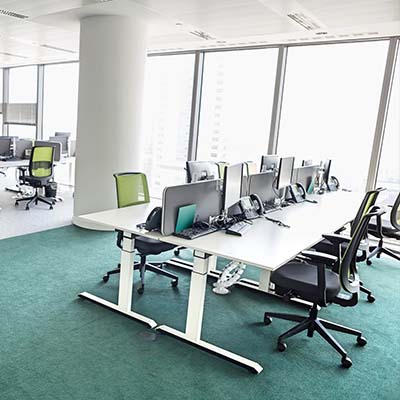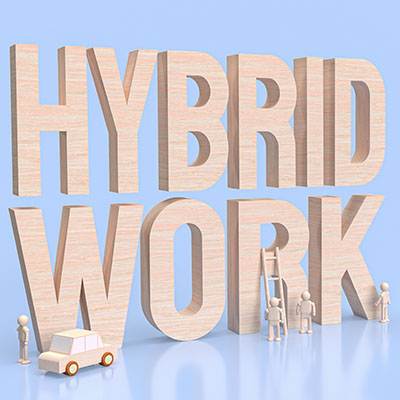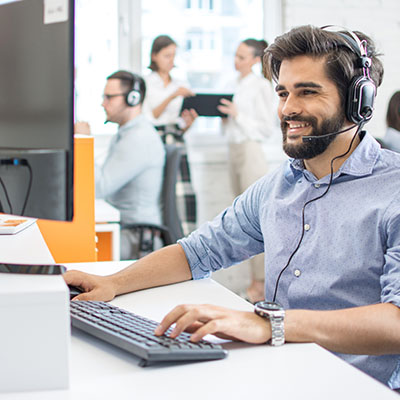The telephone cemented itself as a valuable tool of business long ago, but the ways that businesses use these devices have changed over the years. Thanks to advancements in technology, telephones can still be used by businesses even today, albeit with some modern adjustments to stay competitive and useful. One of these telephony solutions is Voice over Internet Protocol, or VoIP for short.
Everyone’s job has some degree of minutiae involved. Not everything can be exciting: I mean even a stuntman sits around for most of the day before his or her death-defying scene happens. This week, we thought we’d go through the importance of these seemingly rote tasks and how instituting technology that allows you to automate more of them can actually help a business accomplish a lot.
The idea of hot desking, or foregoing the traditional assigned workstation office organization method, is increasing in popularity, and for good reason. There might be several pros and cons to it, but people are generally finding that the benefits outweigh the costs. Let’s go over how you can implement hot desking to save money and improve operations.
With the COVID pandemic still affecting businesses all over the world, many are still considering remote and hybrid work operations. In fact, there are many employees who have yet to step back into the workplace in any capacity, meaning that workspaces previously well-populated are being underutilized.
I would like to thank everyone who attended our first Cyber Social Event! I hope everyone was able to learn something new and understand the importance of Cybersecurity. The different security layers we discussed at the event can be applied to any business for added Cybersecurity protection. If you have any questions, please feel free to reach out to us at [email protected] I’ve included some photos that were captured during the event along with some of the raffle winners and their prizes. Thank you again for joining us and we can’t wait to host our next event!
Nowadays, there seems to be risks at every turn that can negatively impact your business. Obviously, some are more concerning than others, but ultimately you need to find solutions to every problem you have to ensure that it can run routinely, let alone efficiently. Let’s take a look at some of the risks the average small business faces and what technology can do to help you circumvent these particular issues.
Employee recognition is an integral part of healthy company culture. It is one of the key points that determine GeekBox IT’s growth and productivity. Yesterday we surprised our veteran technicians with Steamdecks as a small bonus to show our appreciation for everything that they do to help make us THE Best IT Company around. These guys have put in the extra effort to ensure customer satisfaction and resolutions are met in a timely manner. They take pride in what they do and always help when needed. It’s not always easy working in the IT industry. Facing new unique challenges daily, these guys truly shine, and for that we are grateful!
IT consulting is one of the most valuable skills you can bring into the fold for your business. Yet, many business owners are not privy to the details of how it works and why. Simply the act of talking to a professional about something can save you countless headaches along the way. Let’s discuss some of the ways your business benefits from a consultant.
With 2023 sneaking up on us, you’ll need to consider the many challenges that businesses will face as we move into the new year. Many of these challenges can be remedied simply by implementing the right technology solutions, too!
Let me ask you a question: if you had a toilet that needed repairing, would you rather trust a plumber with a few decades of experience or a toddler that had just (mostly) learned how to use the toilet? That’s what we thought… but when it comes to your business’ technology, finding someone with experience can be a bit more challenging. Let’s discuss the way that the right IT management produces improved business outcomes.










